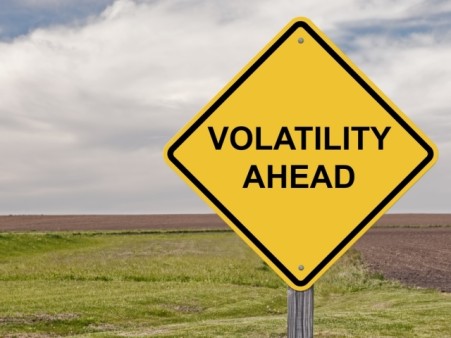If each incremental increase in global temperatures matched precisely to an equivalent increase in climate and extreme weather risks, planning for the future would be much easier. However, the earth’s climate system is non-linear, most famously exemplified by MIT meteorologist Edward Lorenz in the “butterfly effect“—this phenomenon inspired Adapt Ready’s logo by the way.
A recent article in nature, Make climate-change assessments more relevant, explores the dynamic and multi-faceted aspects of translating climate data into information relevant to decision-makers. At the most sophisticated level, quantitative climatic data can be contextualized not only into local geographic and ecosystem conditions, but also with cultural responses to change and communities’ adaptive capacity. The authors call for greater academic research on these interactions.
The article also describes the non-linearity of sea-level rise and other impacts with global temperature increases—small island states will suffer proportionately more devastating impacts compared to large nations even with the same level of sea-level rise. Also, warming may steadily increase while no strong effects are observed from polar ice melt … until a certain threshold is met, which could unleash rapid and devastating change.
Measuring these risks are difficult enough if we knew exactly the trajectory of global temperature increase over the coming decades. Unfortunately, we must add another layer of complexity—uncertainty of future global greenhouse gas emissions. Affordability of clean technologies and government policy responses are some of the variables the article notes can influence future emissions, and, in turn, climate and extreme weather impacts.
It may seem like putting significant effort into understanding future risks with so many variables that increase uncertainty is an overly-burdensome task, however, as major investment management firm BlackRock argues:
It is tempting to think the risks are hypothetical and that, if they were to erupt, could not have been foreseen anyway. This leads to complacency. Global insurers and reinsurers learned their lesson the hard way – the insurance sector was nearly wiped out (with 11 bankruptcies) after Hurricane Andrew in 1992, the costliest natural disaster before another US storm, Hurricane Katrina.
But with better preparation, the industry was left relatively “unscathed” after a record year of claims in 2011.
Sticking heads in the sand is not an option for countries, organizations and companies that want to be prepared and profitable in the coming years. And science, technology and policies are moving forward every day that advance our collective understanding of future risks. This is why Adapt Ready provides insights from multiple sources of climate risk data, updated and dynamically incorporated so that customers can assess their risks holistically and make the best decisions possible.



